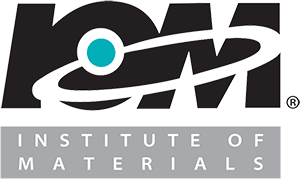"Low-Temperature Performance of Chinese Automotive Engine Oils - Status and Perspectives"
Presented at Annual Lubricant Conference 2007, Lubricant Information Center, Ningbo, China - 2007
2007
Written by T.W. Selby, Savant Group; Christian Neveu, Degussa, RohMax France; Alex Tsay, Degussa China, RohMax Oil Additives, Shanghai, China
-- Annual Lubricant Conference 2007, Lubricant Information Center, Ningbo, China, September 18-19, 2007.
Abstract: Performance of automotive engine oils at low temperature has been extensively investigated in the last 50 years. The resulting understanding of engine oil rheology has been used to devise bench tests that predict their performance under cold starting conditions. Cold starting the engine has been essentially overcome for passenger car engines with fuel injection but pumpability of the engine oil has grown more demanding. Two tests (MRV TP1 and the Scanning Brookfield Technique with Gelation Index measurement) have become the measures of quality in pumpability response at low temperatures. As such they have become ASTM Methods and are included in a number of international specifications such as SAE J300 and ILSAC/API GF-1,2,3 and 4 accompanied by appropriate limits. For a number of years, the Institute of Materials (IOM) has generated a database for Asia-Pacific engine oils for IOM Subscribers. This database can be used to assess and compare the performance of Chinese engine oils at low temperature to one another and to the larger world of engine oils also covered by the IOM database. This IOM survey of Asia-Pacific provides a complete 36-test analysis of 300 passenger car engine oils from the region including a wide range of chemical analysis, rheological measurements and performance assessments. In this paper we concentrate on the low temperature analysis of the rheology of samples collected in China since 2000. The important factors affecting formulation of engine oils in China today are: 1. The recent inclusion of the MRV TP-1 and Scanning Brookfield Gelation Index requirements in China's National Standards for engine oil quality, 2. The availability of higher quality oils, 3. The higher treat rate of additives will require increased attention from the formulators in the selection of VI Improvers and Pour Point Depressants (PPDs). In the latter case, new PPDs are likely to be required to provide formulators with robust and economical solutions to face these new challenges. Some examples will be given to illustrate the important effects of type and concentration of PPD on engine oil pumpability.





